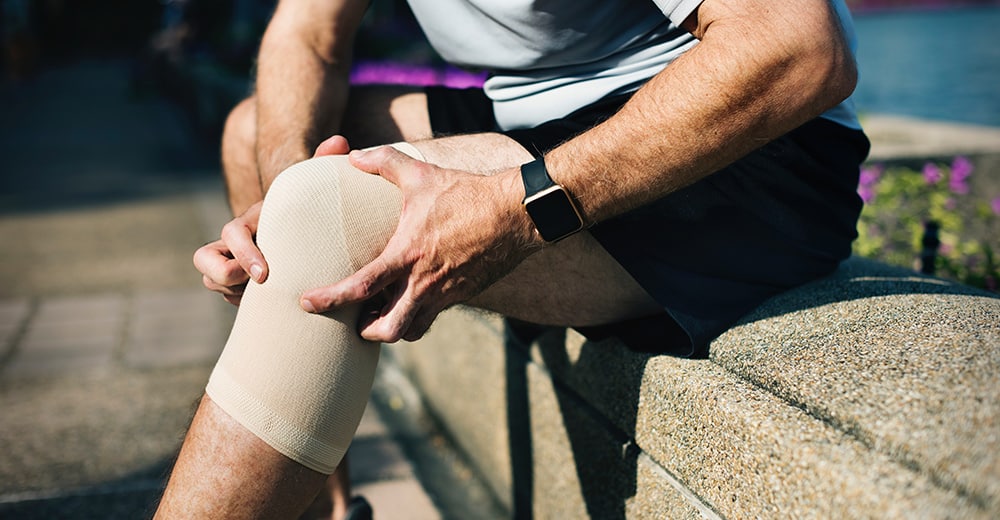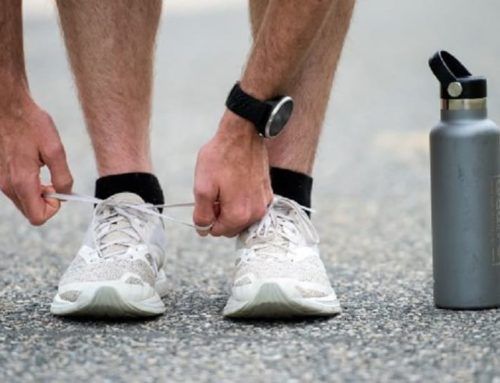HAVE OSTEOARTHRITIS? MAYBE EXERCISE IS THE ANSWER!
So you’ve just been told you have osteoarthritis (OA). What does that mean? Does that mean now you have to stop all activity just because you have joint pain? A common misconception is that a diagnosis of osteoarthritis means you should stop exercising, but that couldn’t be farther from the truth. In fact, current research encourages exercise, movement, and physiotherapy intervention in OA management, especially for helping with functional limitations.
What is Osteoarthritis?
Osteoarthritis is one of the five most common chronic conditions associated with disability in older adults. Osteoarthritis is present in approximately 40% of adults over 65 years of age and is the most common type of arthritis. OA can be present in any joint, but is most prominent in the knees, hips, lower back and neck, fingers, thumbs, and big toes.
Your joints are covered with hyaline cartilage, which acts to cushion bones and allow for smooth movement. Over time, the cartilage can break down, leading to pain, swelling, and loss of movement. While this process can’t be reversed, there are many easy ways to manage joint pain and slow down the process.
So What Can You Do?
The most up-to-date clinical practice guidelines recommend exercise/physical activity as an integral role in OA management, along with education on self-management and weight control. The Ottawa Panel (2005) concluded that exercise (strengthening, aerobic, range of motion) improved many aspects of daily life – pain control, range of motion, strength, mobility, function, endurance, and overall quality of life. Making these changes doesn’t have to be hard. When starting out, it can be as simple as going out for a walk or doing work around the house or in the garden.
How Can Physiotherapy Help?
Your physiotherapist can create a tailored treatment program that aligns with your functional goals. If you have experienced any of the following, physiotherapy can help!
- Decreased strength
- Loss of joint motion
- Decreased endurance
- Obesity
- Changes in joint alignment and feelings of instability
- Decreased balance
- Loss of function
If you’re thinking about starting an exercise program for your joint pain, contact the clinic to learn more or book an appointment.
References
Philadelphia Panel evidence-based clinical practice guidelines on selected rehabilitation interventions for knee pain. Physical Therapy 2001;81(10):1675-1700.
Roddy E, Zhang W, Doherty M et al. Evidence-based recommendations for the role of exercise in the management of osteoarthritis of the hip or knee – the MOVE consensus. Rheumatology 2005;44:67-73.
Ottawa Panel evidence-based clinical practice guidelines for therapeutic exercises and manual therapy in the management of osteoarthritis. Physical Therapy 2005;85(9):907-71.
Zhang W, Moskowitz RW, Nuki G et al. OARSI recommendations for the management of hip and knee osteoarthritis, Part II: OARSI evidence-based, expert consensus guidelines. Osteoarthritis and Cartilage 2008;16;137-162.
Zhang W, Nuki G, Moskowitz RW, Abramson S, Altman RD, Arden NK, Bierma-Zeinstra S, Brandt KD, Croft P, Doherty M, Dougados M, Hochberg M, Hunter DJ, Kwoh K, Lohmander LS, Tugwell P. OARSI recommendations for the management of hip and knee osteoarthritis Part III: changes in evidence following systematic cumulative update of research published through January 2009. Osteoarthritis and Cartilage. 2010;18:476-499.
https://physiotherapy.ca/evidence-based-exercise-prescription-older-adults-knee-osteoarthritis-winter-2011
https://physio-pedia.com/Osteoarthritis




